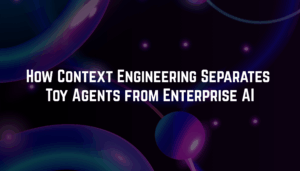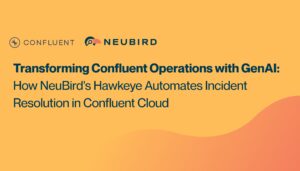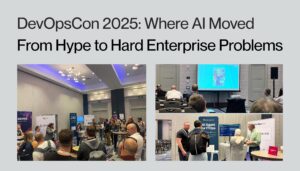Memory Leaks Meet Their Match: How Hawkeye Prevents OOMKilled Scenarios
How SRE teams are automating memory leak detection and prevention with Hawkeye
The PagerDuty alert breaks your concentration: “Average pod_memory_utilization_over_pod_limit GreaterThanOrEqualToThreshold 70.0” in the ‘frontend’ namespace. Your web application is gradually consuming more memory, and despite having comprehensive metrics and logs, pinpointing the root cause feels like trying to find a leak in a dark room where you can only see snapshots of where the water has been.
The Modern Memory Investigation Reality
In today’s Kubernetes environments, memory issues occur within the context of sophisticated observability stacks. CloudWatch captures container metrics, Prometheus tracks detailed memory stats, your APM solution monitors heap usage, and your logging platform records every OOMKilled event. Yet when memory leaks occur, this abundance of data often makes the investigation more complex rather than simpler.
A typical troubleshooting session involves juggling multiple tools and contexts:
You start in CloudWatch Container Insights, examining memory utilization trends. The metrics show a clear upward trend, but what’s driving it? Switching to Prometheus, you dive into more granular pod-level metrics, trying to correlate memory growth with specific activities or timeframes, you find increasing heap usage in several JVM instances, but is it normal application behavior or a genuine leak?
The investigation deepens as you cross-reference data:
- Container metrics show memory usage approaching limits
- JVM heap dumps indicate multiple suspected memory leaks
- Application logs reveal increased activity in certain components
- Kubernetes events show periodic OOMKilled pod terminations
- Request tracing shows certain API endpoints correlating with memory spikes
Each tool provides valuable data, but understanding how these pieces fit together requires constantly switching contexts and mentally correlating events across different timescales and granularities.
Why Memory Leaks Challenge Traditional Analysis
What makes memory leak investigation particularly demanding isn’t just identifying high memory usage – it’s understanding the pattern and root cause across your entire application stack. Memory issues often manifest in complex ways:
A memory leak in one microservice might only become apparent under specific traffic patterns. Garbage collection behavior can mask the true growth rate until it suddenly can’t keep up. Memory pressure on one node can cause pods to be evicted, triggering a cascade of rescheduling that spreads the impact across your cluster.
Your observability tools faithfully capture all these metrics and events, but understanding the sequence and cause-effect relationships requires simultaneously analyzing multiple data streams while understanding application behavior, container runtime characteristics, and Kubernetes resource management.
Hawkeye: Your Memory Analysis Expert
Here’s how Hawkeye transforms this investigation:
The Hawkeye Difference
What sets Hawkeye apart isn’t just its ability to monitor memory usage – it’s how it analyzes memory patterns across multiple observability systems simultaneously. While an SRE would need to manually correlate data between container metrics, JVM heap dumps, application logs, and Kubernetes events, Hawkeye processes all these data streams in parallel to quickly identify patterns and anomalies.
Read more: Memory leaks are just one of many issues better detected with intelligent monitoring. See how AI-powered Grafana dashboards can transform your Kubernetes monitoring strategy.
This parallel analysis capability allows Hawkeye to discover cause-and-effect relationships that might take hours or days for humans to uncover. By simultaneously examining application behavior, container metrics, and system events, Hawkeye can trace how a memory leak in one component ripples through your entire system.
Real World Impact
For teams using Hawkeye, the transformation goes beyond faster leak detection. Engineers report a fundamental shift in how they approach memory management:
Instead of spending hours correlating data across different monitoring tools during incidents, they can focus on implementing systematic improvements based on Hawkeye’s comprehensive analysis. The mean time to resolution for memory-related incidents has decreased dramatically, but more importantly, teams can prevent many memory leaks entirely by acting on Hawkeye’s early warnings and recommendations.
Implementation Journey
Integrating Hawkeye into your Kubernetes environment is straightforward:
- Connect your existing observability tools – Hawkeye enhances rather than replaces your current monitoring stack
- Configure your preferred incident response workflows
- Review Hawkeye’s incident analysis, drill down with questions, and implement recommendations.
Scale your team and improve morale by transforming your approach to application debugging from reactive investigation to proactive improvement. Let Hawkeye handle the complexity of OOMKilled analysis while your team focuses on innovation.
Follow
Hawkeye ![]()
Written by







